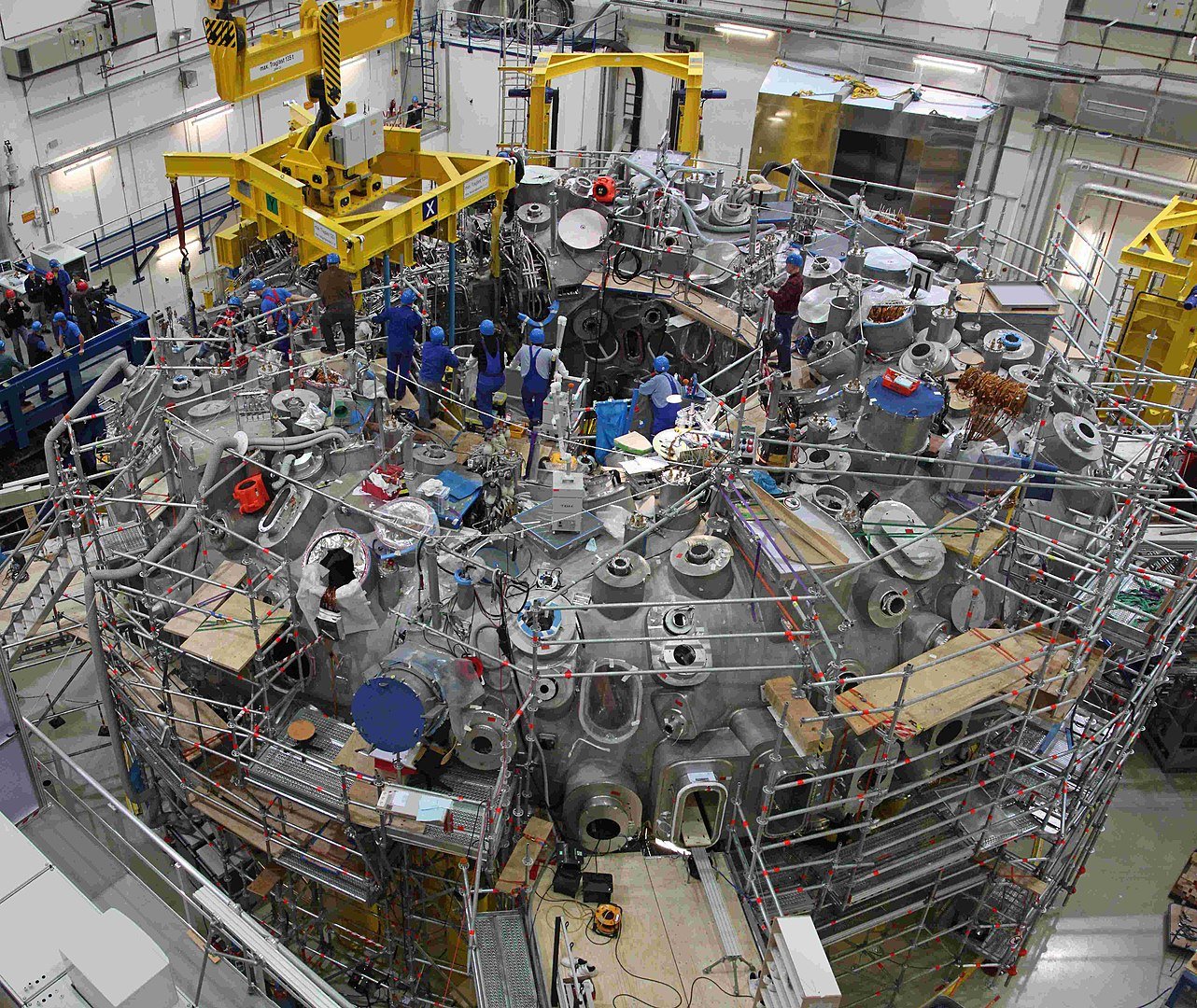

A breakthrough experiment at the Max Planck Institute for Plasma Physics has set a new benchmark in fusion energy research, with Germany establishing a nuclear fusion record that surpasses earlier global achievements.
The Wendelstein 7-X stellarator, located in the northern city of Greifswald, has officially achieved the highest energy turnover and longest sustained plasma performance in the device’s history.
The milestone confirms Germany’s nuclear fusion record after the reactor generated 1.8 gigajoules of energy over a six-minute plasma pulse, surpassing both its previous record of 1.3 gigajoules set in early 2023 and that of China’s EAST reactor.
The experiment also pushed the boundaries of what fusion devices can achieve. In a 43-second test, researchers injected 90 frozen hydrogen pellets into the reactor at bullet-like speeds of 800 meters per second.
At the same time, bursts of microwaves heated the plasma to 30 million degrees Celsius. The precise coordination between fuel injection and heat pulses maintained plasma stability longer than ever before.
Fusion, often described as the “holy grail” of clean energy, works by forcing lightweight hydrogen atoms to merge under intense heat, releasing large amounts of energy in the process.
Replicating the natural processes of stars like the sun on Earth remains a major scientific and engineering challenge.
FUSION BREAKTHROUGH: GERMANY JUST BUILT A MINI-SUN THAT BURNS FOR 43 SECONDS STRAIGHT
Germany’s Wendelstein 7-X reactor just achieved something that seemed impossible: it created a mini-sun that burned for 43 seconds straight, setting a world record for sustained fusion power.… pic.twitter.com/sP5v2y928b
— AIFRontier (@EdgeOfFiRa) June 4, 2025
One key performance metric in fusion is the “triple product”—a combination of plasma density, temperature, and confinement time.
A high triple product indicates improved efficiency, bringing researchers closer to creating a power source that generates more energy than it consumes.
During the campaign, Wendelstein 7-X reached its highest triple product to date, bringing it on par with benchmarks previously achieved by leading tokamak reactors in Japan and the United Kingdom.
“The new record is a tremendous achievement by the international team,” said Thomas Klinger, head of operations at Wendelstein 7-X. “Elevating the triple product to tokamak levels during long plasma pulses marks another important milestone on the way toward a power-plant-capable stellarator.”
The stellarator design itself played a crucial role. Unlike tokamaks, which utilize electric currents inside the plasma to create magnetic fields, stellarators rely solely on external magnets.
This gives them a natural advantage in maintaining plasma stability for long durations, making them strong candidates for long-term energy generation.
“The records of this experimental campaign are much more than mere numbers. They represent a significant step forward in validating the stellarator concept—made possible through outstanding international collaboration,” said Robert Wolf, who leads Stellarator Heating and Optimization at the institute.
With Germany’s nuclear fusion record now cemented, the Wendelstein 7-X continues to shape the global race toward clean and sustainable energy, bringing fusion energy one step closer to reality.
